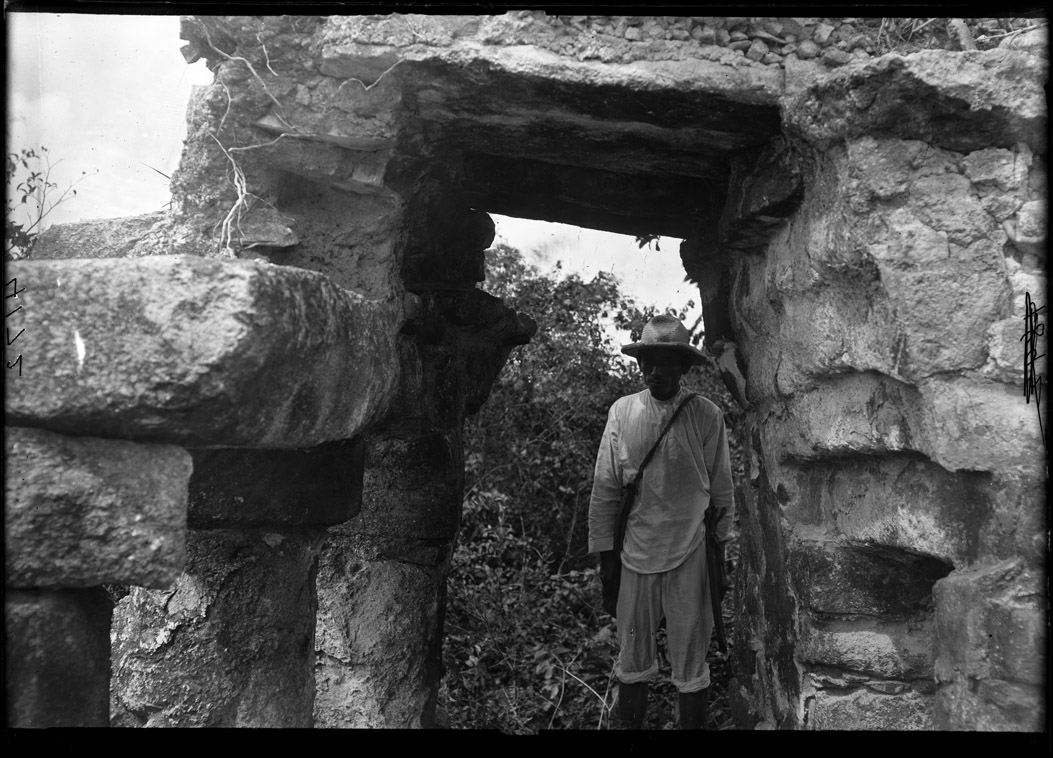The archetypal image of an archaeologist unearthing cities that have been lost for centuries, if not longer, likely involves massive scientific digs, scientists carefully sifting through rocks, and maybe a fedora or two. Yet archaeologist Takeshi Inomata has found a very different way to discover lost cities — and he didn’t need to leave home to do it. It may not be The Lost City of Z, but it’s also a whole lot safer for everyone involved.
Artnet is reporting that Inomata, who is based at the University of Arizona and whose areas of research involve the Mayan and Olmec civilizations, used a number of maps published in 2011 by the Mexican government to discover 27 previously-undiscovered archaeological sites.
Mexico’s National Institute of Statistics and Geography released these LiDAR (Light Detection and Ranging) maps eight years ago. LiDAR uses lasers to, as the NOAA describes it, “generate precise, three-dimensional information about the shape of the Earth and its surface characteristics.”
Artnet’s article gives a sense of the scope of these maps:
The organization created the map, which surveys 4,400 square miles of land in the Mexican states of Tabasco and Chiapas, with an eye toward serving businesses and researchers. An even though the imagery is low resolution, it still suited Inomata’s needs, especially considering it was free. (Inomata recently spent $62,000 on a less fruitful LiDAR map, and even then the price reflected a steep discount.)
With the data available to him, Inomata was able to discover a number of locations used for ceremonies: “large constructions that are low to the ground, up to two-thirds of a mile in length, and easily obscured by thick brush.”
Not only has Inomata’s work pointed the way to some historically important locations throughout Mexico, he’s also shown other researchers what this technology is capable of. It’s an approach that benefits a lot of people across numerous scientific disciplines — and may lead to even more significant discoveries in the future.
Subscribe here for our free daily newsletter.
Thanks for reading InsideHook. Sign up for our daily newsletter and be in the know.


















